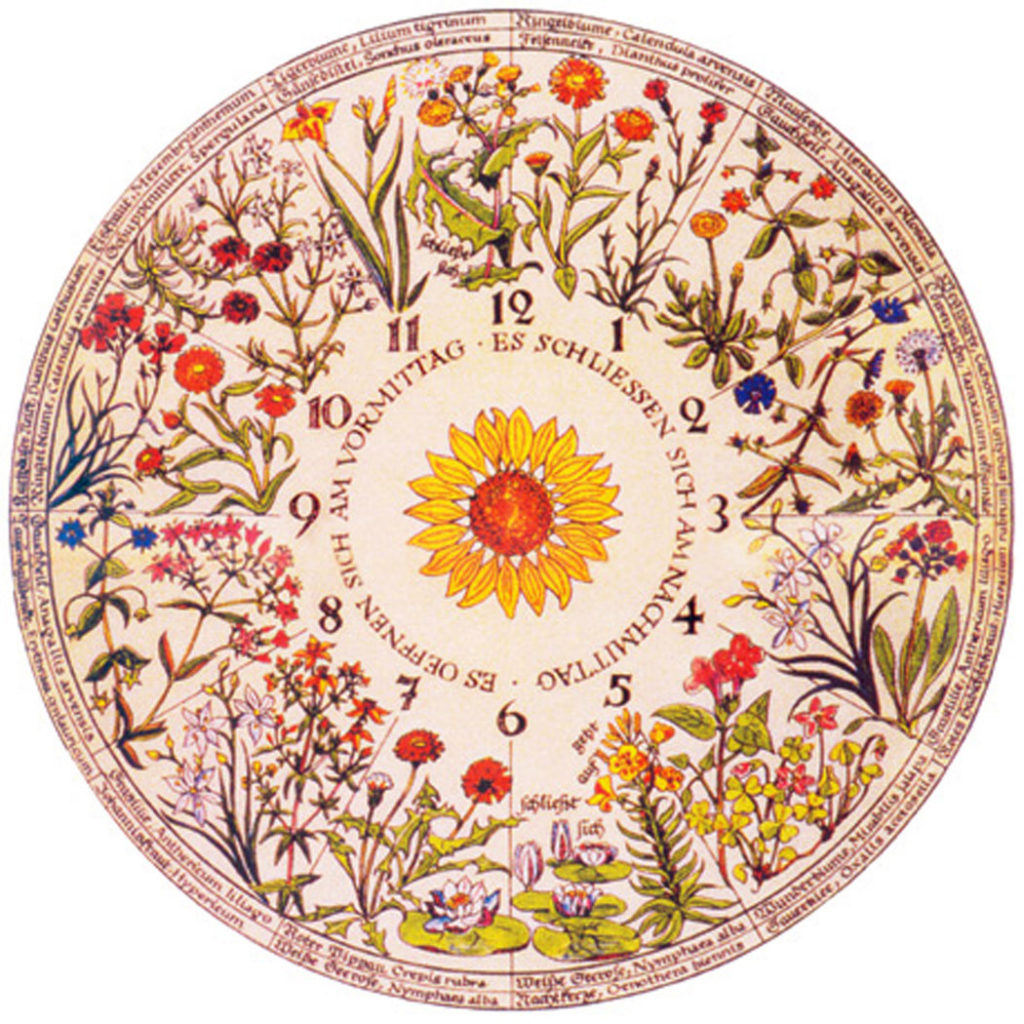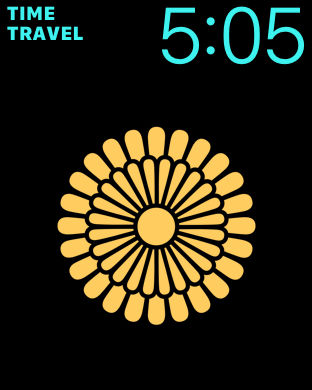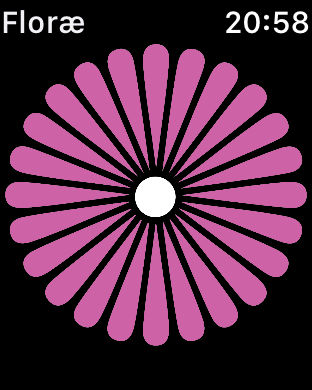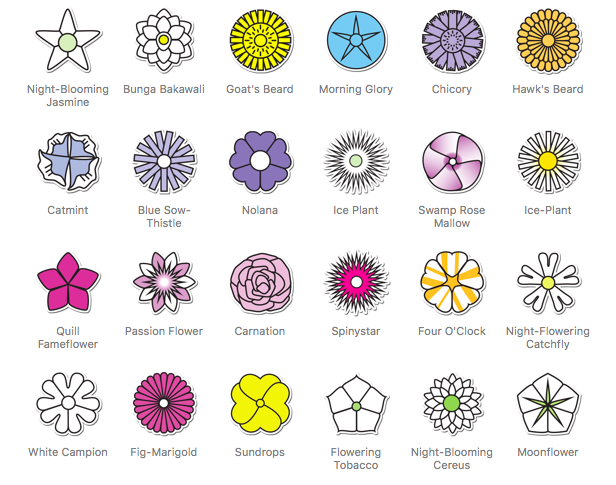In 01751, Carl Linnaeus attempted to create a wonderful new type of clock call the Horologica Floræ. Carl Linnaeus was found the modern day taxonomy of plants and animals. It was his system the started the binomial nomenclature. It was no surprise then when he tried to gather different types of plants that would bloom at different times of the day and arrange them into a clock formation.
Horologica Floræ
This article in the NYTimes about Carl Linneaus’ attempt at a floral clock explains a bit more about how it was all put together. This ideas was that at a quick glance in the garden, depending on what flower was in bloom, you could determine the hour of the day.
As it turns out, this isn’t an easy task and Linneaus never managed to create such a clock. But that hasn’t stopped people from trying over the years. One of the many problems with any organic natural system is that it ebbs and flows with the seasons, temperature, sunlight and other enviornmental factors. It will never be a precise Two O’Clock blooming time. While that’s OK, the blooming time could be off by quite a long time!
But that’s not really a problem in the digital world. Once you set down some rules into a program, it will continue to execute them regardless of external factors (unless you are using those as input).
We did just that. Created a simple application that checks the current time and displays the approproate image of the flower that would normally bloom in that time. We’ve taken what Linneaus couldn’t do in 01751 and reproduced it digitally for a watch complication.
There are 24 different flowers, one for each hour of the day. As an app or complication, you can glance down and see which flower would normally be blooming at the time. You never need to launch the app, it can be there looking back at you from the watch face. It is a simple and colorful way to look at the time.
Since we had all the flowers already illustrated, we added them into the iOS app as a sticker pack. In iMessages, you can also send any of the 24 flowers as a sticker to a friend.
The Floræ app for the iPhone and Apple Watch are available for free on the App Store.
We can also recommend the book “Pip Pip: A sideways look at time” by Jay Griffiths. She goes through lots of examples of alternative clocks, their usage, history and cultural implications.
We’d probably make pretty good Victorians. This was a silly little folly that they would be proud of. It seems that every once and awhile we find some strange, old, lost idea from hundres of years ago and easily see a thread of something today connecting back over the centuries. We have a lot of fun exploring those threads and sometimes interesting things get created.
 That said, this wasn’t as quick and easy as you’d might think. The Apple watch has a few gotchas you need to work around. Firstly, all your flowers won’t necessarily be in color. The wearer can select a color theme and all your complications are washed out in that color. There are a few watch faces and color themes which do support multi-color, but it is only white plus one more color. This made us select our flowers carefully. It was easy to create a spreadsheet of flowers that bloom by hour, but you’d be suprised at how many look like danidlions! That doesn’t work if you want something that is glancable. So we work through the list and found 24 flowers that we think have a distinct enough shape that can work in one or two colors. This took the majority of our time.
That said, this wasn’t as quick and easy as you’d might think. The Apple watch has a few gotchas you need to work around. Firstly, all your flowers won’t necessarily be in color. The wearer can select a color theme and all your complications are washed out in that color. There are a few watch faces and color themes which do support multi-color, but it is only white plus one more color. This made us select our flowers carefully. It was easy to create a spreadsheet of flowers that bloom by hour, but you’d be suprised at how many look like danidlions! That doesn’t work if you want something that is glancable. So we work through the list and found 24 flowers that we think have a distinct enough shape that can work in one or two colors. This took the majority of our time.
We’ve also been exploring a lot with developing applications for the Apple Watch. We’re big proponents of HTML and the Web, but these haven’t quite gotten into every aspect of our digital culture yet. There are still some parts of the watchOS, iOS and tvOS system which have access to the web, but no web browser. On the watch, the watch face is one of those places. It can read and write data over the web, but isn’t a vanilla web browser. That means we need to write code and create a dedicated application if you want your information to appear on the watch face.



